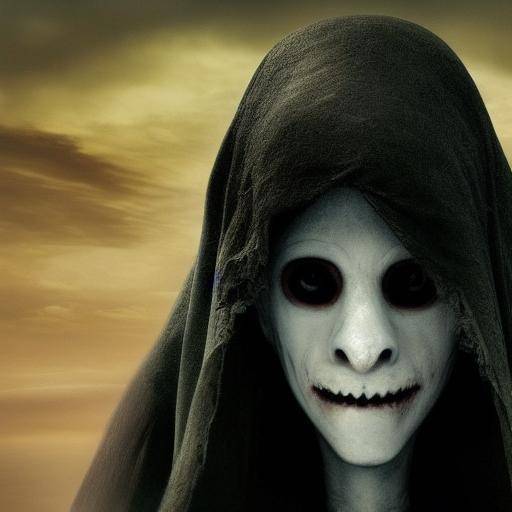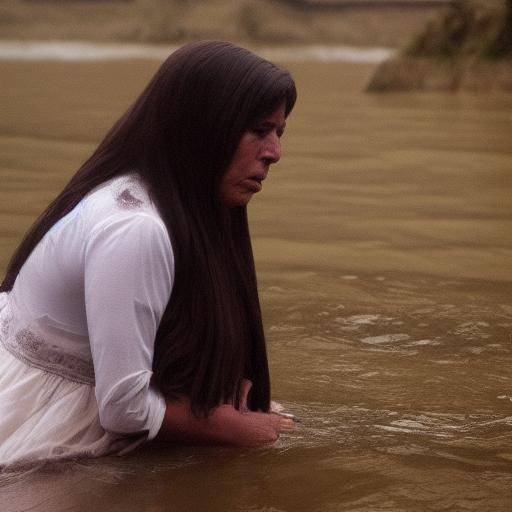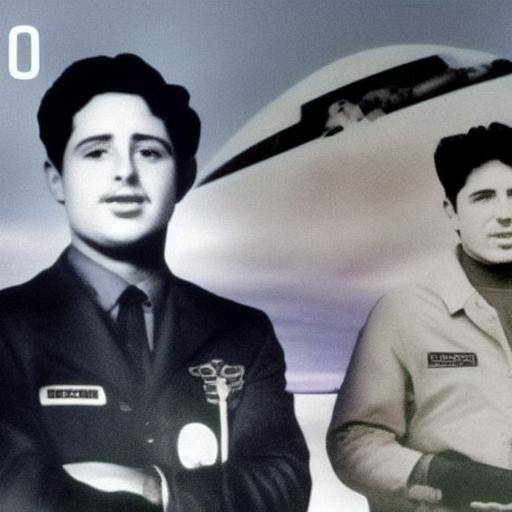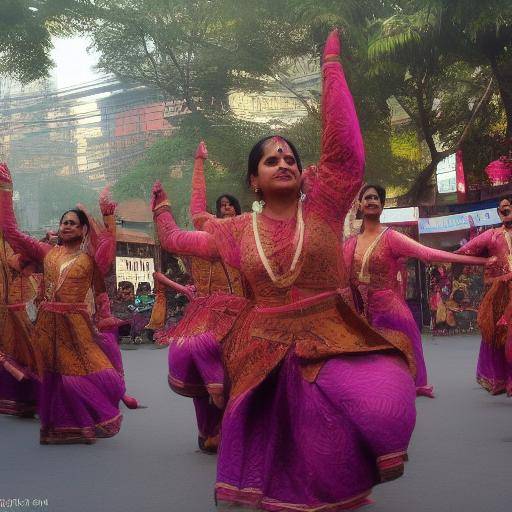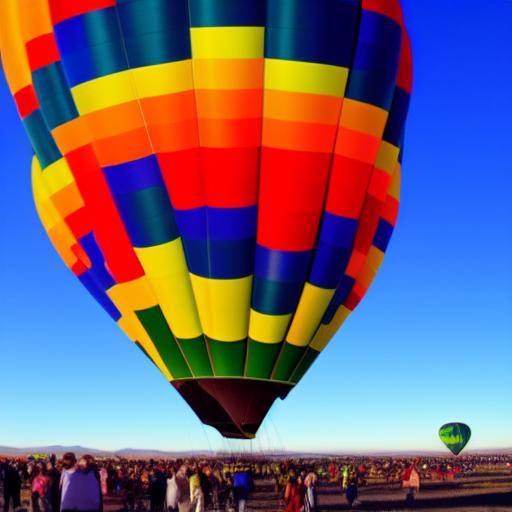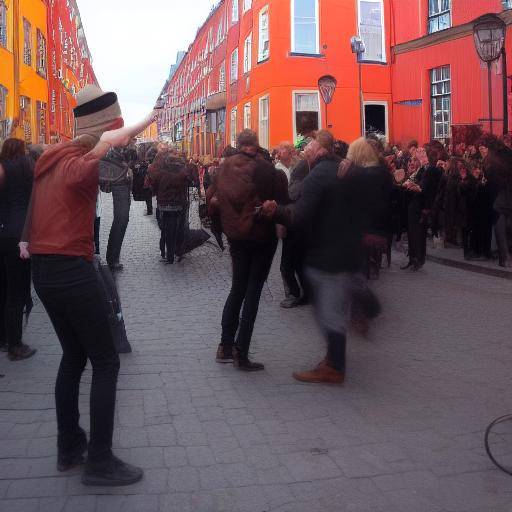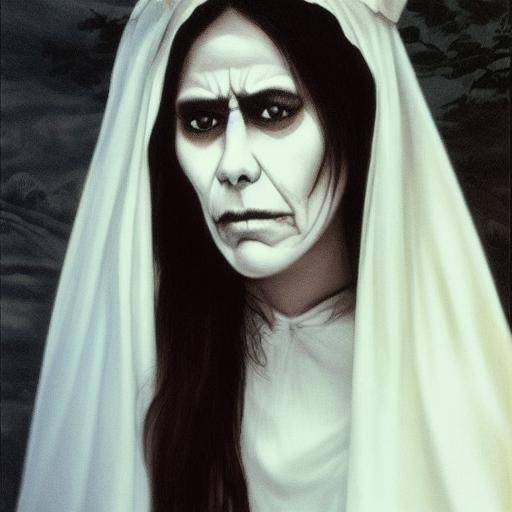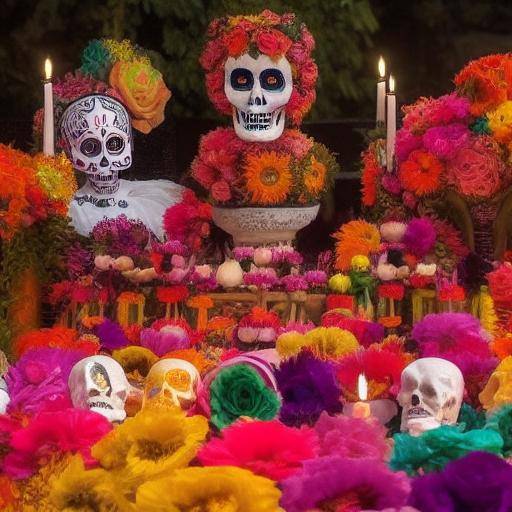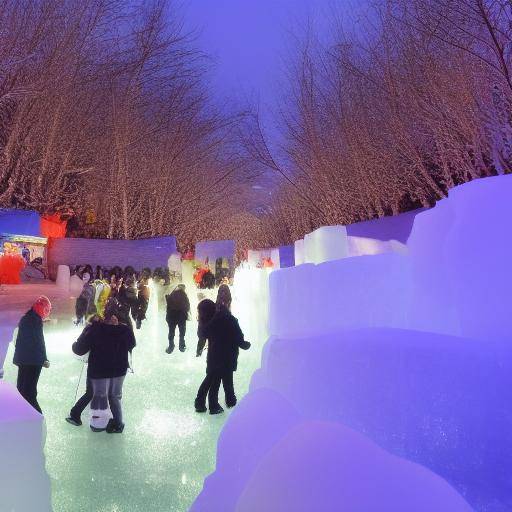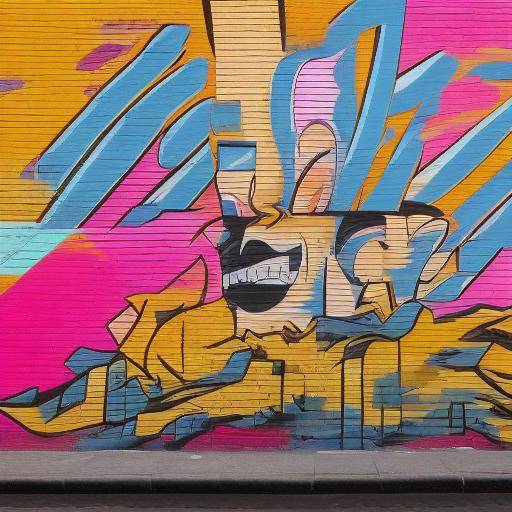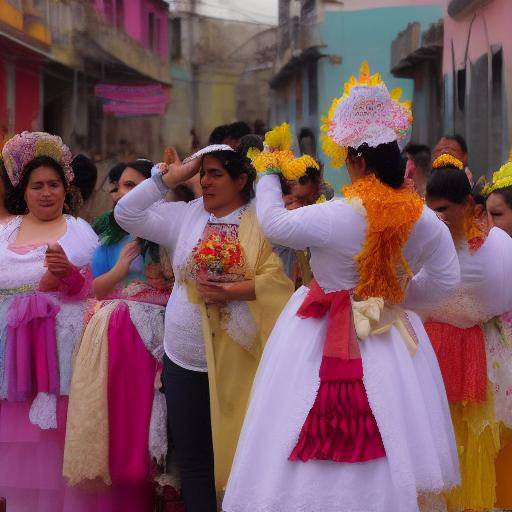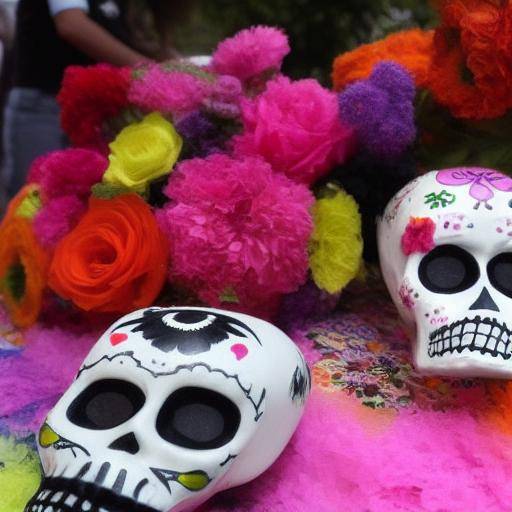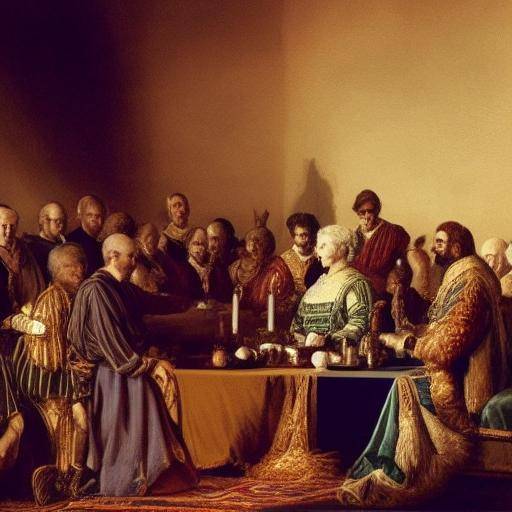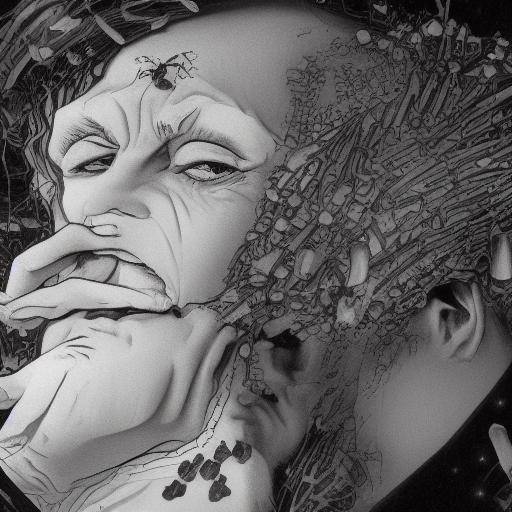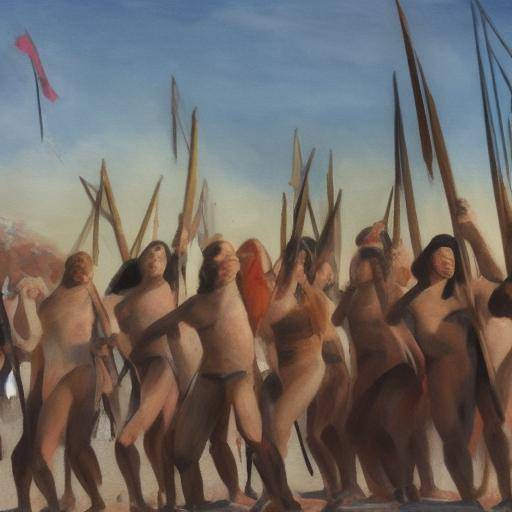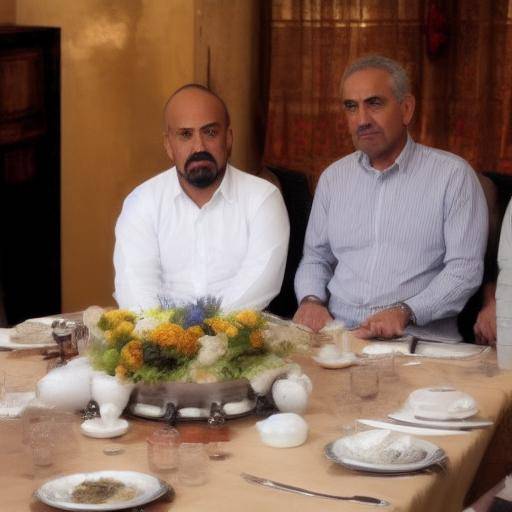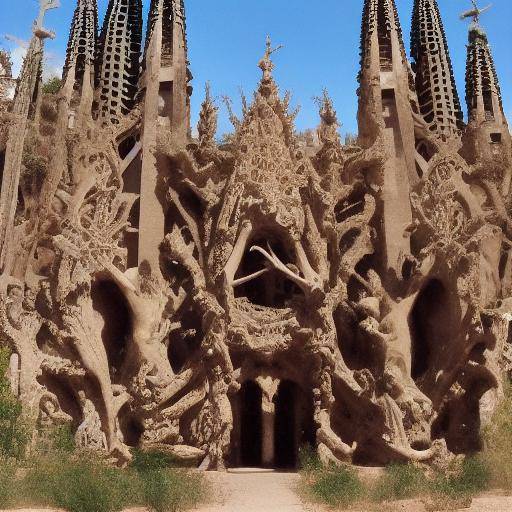
Introduction
In the vast and magical land of Mexico, ancestral traditions and sacred art are intertwined to give life to the spirituality of their original peoples. Among these sacred ceremonies, the Peyote Dance is a unique expression of the cosmovision and traditions of the Huichol people. In this article, we will explore in detail this ceremony, its historical roots, cultural meaning, and powerful associated visions. Join us on this spiritual journey towards understanding the Dance of Peyote and its profound meaning in Huichol culture.
History and Background
The Peyote Dance, known as "Hikuri Neixa" in the Huichol language, is an ancient ceremony dating from time immemorial. The Huicholes, also known as Wixárikas, are one of the indigenous peoples of Mexico who have kept their traditions alive and connected with nature over the centuries. This ceremony is an integral part of their spiritual and cultural heritage, linking them with the healing and visionary power of the peyote, a sacred plant with hallucinogenic properties that grows in the desert region of Real de Catorce, in the state of San Luis Potosí.
The Peyote Dance is a central rite in the religious and social life of the Huicholes, which implies a deep inner journey and connection with the cosmos. During this ceremony, participants consume peyote to achieve an expanded state of consciousness, where they experience revealing visions that give them spiritual guidance. These visions are not simply hallucinations, but spiritual revelations that guide participants in their daily lives, decision-making and physical and emotional healing.
Deep analysis
The Peyote Dance is a deeply rooted practice in the hoichol cosmovision, which not only has spiritual and ritual meanings, but also psychological and therapeutic impacts. Participants consider that the peyote gives them the ability to heal physical and mental illness, as well as to strengthen their spiritual connection with nature and the universe. Through the ceremonial and respectful use of this sacred plant, the Huicholes have maintained a harmonious balance between humanity and the natural environment around them.
The visions obtained during the Peyote Dance provide participants with deep self-knowledge, revealing hidden aspects of their being and their relationships with the world. This process of introspection and revelation is fundamental to the understanding of themselves in the context of the whole community and universe.
Comparative analysis
By comparing the Peyote Dance with other spiritual and artistic practices in Mexico, it is evident that it shares similarities in the search for deeper connections with the sacred and the transcendental. In turn, the Huichol art, known for its intricate designs and the imposing combination of colors, symbolically reflects the cosmovision and visions obtained at the peyote ceremony. This art is a visual manifestation of the spiritual connection and the cultural wealth of the Huicholes, reflecting a unique vision of the world and its relation to the divine.
Conclusions and FAQs
Conclusions
In conclusion, the Peyote Dance is much more than a ceremony, it is a living expression of the Huichol cosmovision that reflects a deep connection with nature and the spiritual world. His sacred visions, obtained through the peyote, have guided generations of Huicholes, inspiring his art, faith and understanding of the universe. The understanding of this ceremony gives us a unique and valuable window to the spiritual and cultural wealth of Mexico and its original peoples.
Frequently asked questions
1. What is the cultural meaning of the Peyote Dance for the Huicholes?
The Peyote Dance is fundamental to the cultural identity of the Huicholes, representing their connection to nature, their ancestors and the divine. Moreover, it is a means to obtain sacred visions that guide their lives.
2. What is the preparation and realization of the Peyote Dance?
The ceremony involves a process of preparation in which purifying rituals are performed, followed by the ceremonial intake of the peyote. Then the dance and the quest for visions begins.
3. How does Huichol art influence the understanding of Peyote Dance?
The Huichol art visually reflects the visions and the worldview associated with the Peyote Dance, showing a deep connection between the spiritual world and art as a cultural expression.
4. How does the Peyote Dance relate to chamanism and other spiritual practices in Mexico?
The Peyote Dance shares certain similarities with shamanic practices, as it implies access to expanded states of consciousness to obtain knowledge and healing. However, it has its own particularities linked to Huichol culture.
5. How has the Peyote Dance evolved over time?
Although the ritual and spiritual essence of the ceremony has endured over generations, the Peyote Dance has faced challenges due to external influence and tension between the preservation of tradition and adaptation to social changes.
6. What impact does the Peyote Dance have on contemporary society?
The ceremony continues to play a crucial role in the cultural identity and spiritual health of the Huicholes, and becomes a manifestation of resistance to the loss of ancestral traditions.
In short, the Peyote Dance is a sacred ceremony that transcends time and space, allowing us to enter into the spiritual and cultural wealth of Mexico through the visionary experience of the Huicholes. This ancient ritual invites us to reflect on the importance of preserving and understanding indigenous traditions, and to recognize the transcendence of art and sacred plants in the life of the original peoples. As we explore these deep connections, we enrich ourselves with a deeper understanding of cultural diversity and the transforming power of ancestral traditions.
With every vision obtained in the Peyote Dance, the Huicholes remind us of the importance of honoring the earth, celebrating cultural diversity and seeking spiritual wisdom that transcends the borders of time and space.
Please do not hesitate to contact me if you need more details or additional information.

